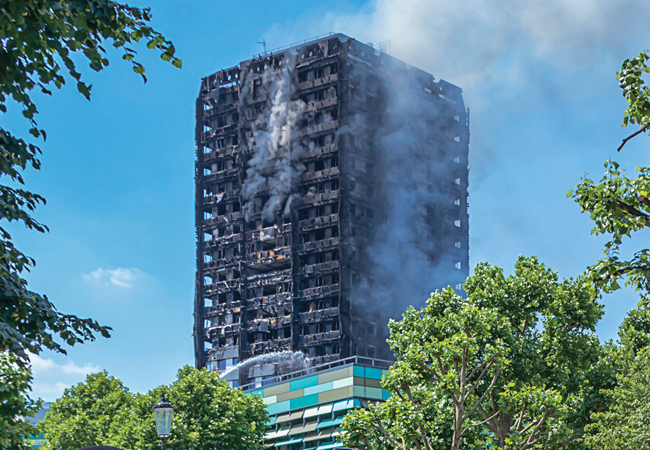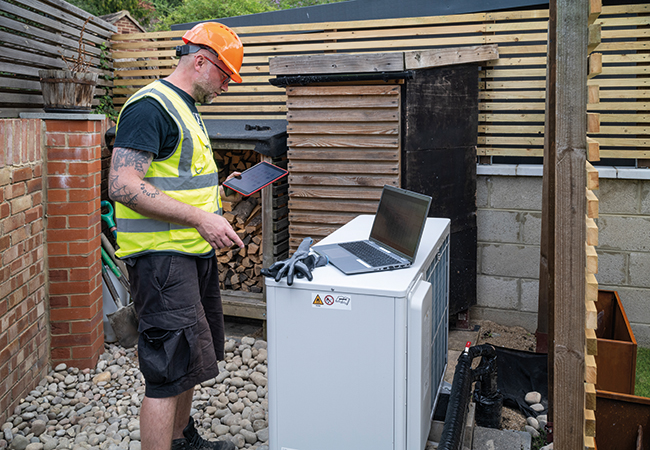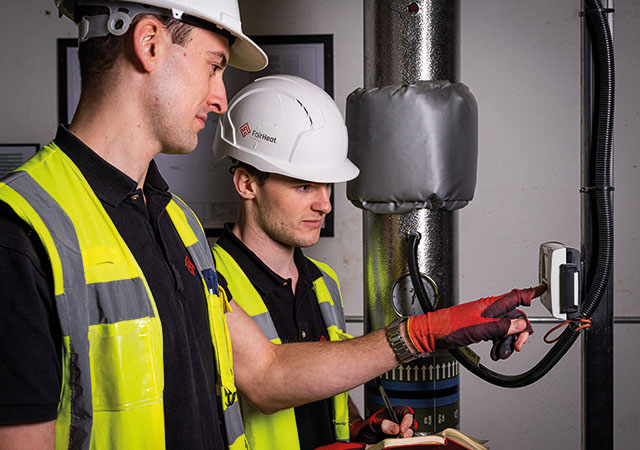There needs to be a change of focus from doing work for the ‘least cost’ to ensuring buildings remain safe throughout their full life-cycle, according to the leader of the independent review of Building Regulations and fire safety in the wake of last summer’s Grenfell Tower tragedy.
Dame Judith Hackitt has called for a ‘universal shift in culture’ across the construction sector to tackle the systemic failings that have been highlighted by her review. She has also criticised the complexity of the guidance documents used to support the regulations, which she said were flawed and overly detailed as a result of being ‘created in silos’.
Speaking at the unveiling of an interim report into her committee’s findings, Dame Judith said the regulations and guidance documents were well intentioned, but were ‘difficult to penetrate’ and – as a result – open to misinterpretation. She told the BBC that there was an opportunity to make the regulatory system much simpler, so it would ‘guide people to the right answer, rather than presenting them with all that information’.
Industry responds to interim report
CIBSE has announced it is already looking to work with other professional bodies to address Dame Judith’s call for a better system for recognising professional competence.
The Institution of Occupational Safety and Health (IOSH) commended the report’s call for higher competency requirements. Shelley Frost, director of strategic development at IOSH, asked: ‘Without adequate training, will someone know the importance of checking areas out of site?’
Local Authority Building Control chief executive Paul Everall supported the Hackitt recommendations and said: ‘It was an indictment of the current system that building control surveyors may not know what is being delivered on site, by which supplier, or even how to identify it.’
This would be a key focus during the next stage of her review, added Dame Judith, who recommended that government should improve the clarity of Approved Document B, the regulation that governs fire safety, immediately.
She also said there needed to be renewed focus on managing buildings throughout their operational life, so that any changes to the original design do not compromise safety and performance.
‘If you get it right first, that’s a good start – but, even then, you have to have good systems in place to ensure change is managed properly,’ she added.
Dame Judith's recommendations
■ Restructure Building Regulations and immediately improve clarity of Approved Document B, on fire safety
■ Professional and accreditation bodies must establish a multidisciplined qualification system to ensure those working on complex buildings are competent to do so

■ Fire and rescue service advice should be taken into account by building control bodies, designers and commissioning
■ Developers must ensure there is a formal handover process
■ Building control must insist fire safety information is provided by the person completing the building work
■ Fire-risk assessments should take place annually or after significant alterations
■ Government should significantly restrict ‘desktop studies’
More on the Hackitt review
Senior individuals must be held to account
Those responsible for high-risk and complex buildings should be held to account for the commission, design and build of their projects, according to Dame Judith Hackitt’s Building Regulations and Fire Safety interim report.
It said: ‘Responsibility and accountability must rest with clearly identifiable senior individuals and not dispersed through the supply chain.’
The report added that there should be a responsible ‘duty holder’, who can be held to account for the performance of ‘all those to whom subcontracts are let at all stages in the life of the building’.
There also needed to be a ‘golden thread’ for complex projects to ensure the original design intent is preserved and recorded, with any changes going through a formal review process with competent people who understand the key features of the design.
Industry told not to rely on compartmentation
Fire safety in tall buildings should not be reliant on compartmentation, according to the interim report, which said there needed to be appropriate risk-mitigation measures in place in case compartmentation was breached during building use.
The report refers to extra staircases, smoke ventilation and sprinkler systems as possible fire-protection methods, and calls for the proper testing and certification of products, plus oversight of the quality of installation work.
Government should also ‘significantly restrict the use of desktop studies’ to approve changes to cladding, it added.
Firm’s urged to learn from workplace safety
The transformation of workplace safety should be a blueprint for an overhaul of the design, build and operation of high-rise buildings, according to Dame Judith Hackitt’s interim report.
With an effective regulatory framework, Dame Judith – who was chair of the Health & Safety Executive (HSE) for 10 years – saw ‘industry respond to the challenge of improving its performance in managing the safety of its workforce.’
She spent time in the chemical industry and said construction could learn lessons from this sector. Chemical projects had to be properly reviewed to ensure changes to specifications were properly managed, but the same systematic, controlled approach to construction was often absent, she said. ‘There is plenty of good practice, but it is not difficult to see how those inclined to take shortcuts can do so,’ added Dame Judith




